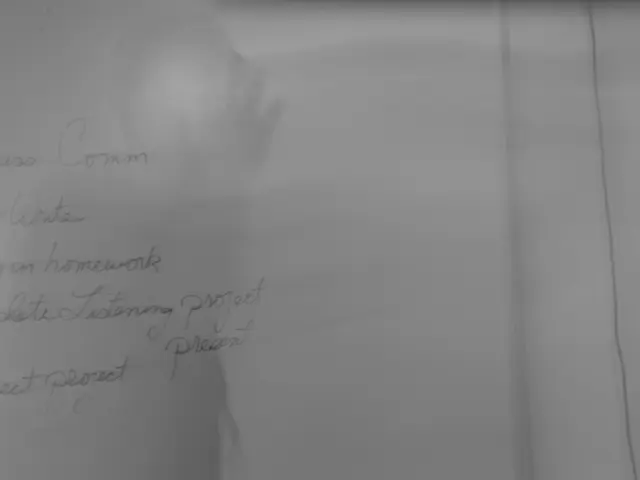News Article: Understanding the Composition of Functions - A Case Study with (\ln(-x)) and (-x)
Functions Composition Exploration
In the realm of mathematics, understanding the composition of functions plays a significant role in solving complex problems. This article delves into a fascinating example where we compose the functions (f(x) = \ln(x)) and (g(x) = -x).
The composition of two functions, (f) and (g), is denoted as ((f \circ g)(x) = f(g(x))). In this case, ((f \circ g)(x) = \ln(-x)).
To find the domain of the composite function (f \circ g), we start with the domain of (g), which is all real numbers (x \in (-\infty, \infty)). However, the outer function (f(x) = \ln(x)) requires its input to be positive. So, the argument of the logarithm must satisfy (x < 0), giving us the domain of (f \circ g) as all real (x) such that (x < 0).
As for the range, since for (x < 0), (-x > 0), as (-x) runs from (0^+) to (\infty), (\ln(-x)) runs over all real numbers from (-\infty) to (\infty). Thus, the range of (f \circ g) is ((-\infty, \infty)).
In summary, the composite function ((f \circ g)(x) = \ln(-x)) has a domain of (x < 0) and a range of ((-\infty, \infty)). This follows the general principle that to find the domain of a composition (f(g(x))), you start with the domain of (g) and restrict it to values such that (g(x)) lies in the domain of (f).
Table of Composition
| Function Composition | Expression | Domain | Range | |-----------------------|--------------------|---------------------------|------------------------| | ( (f \circ g)(x) ) | (\ln(-x)) | (x < 0) | ((-\infty, \infty)) |
This case study serves as a practical demonstration of how to calculate the domain and range of the composition of functions. It underscores the importance of understanding the domains and ranges of individual functions when dealing with composites.
Read also:
- Inherent Skills Know No Bounds, Yet Access to Employment Remains Unequal: Suggestions for a More Equitable Job Market of the Future
- Revealed: Top and Bottom UK Banks for Digital Banking Services
- Affordable supermarket purchases from dollar stores are not sabotaging typical American nutritional habits, according to research findings
- Impact of Chronic Stress on Cognitive Function and Brain Integrity Over Time






